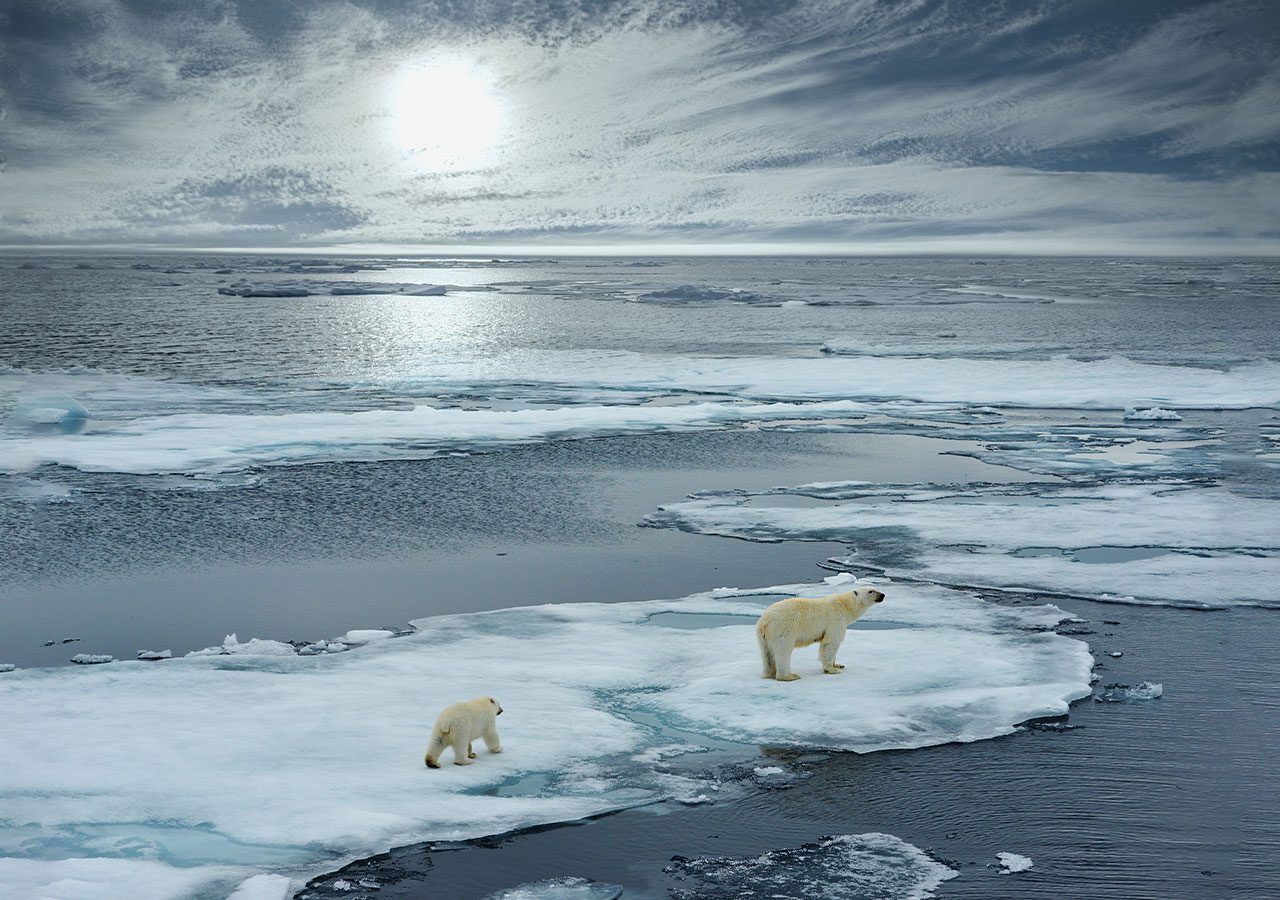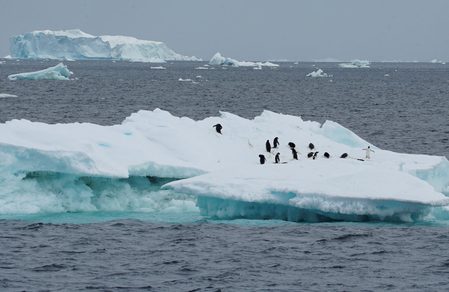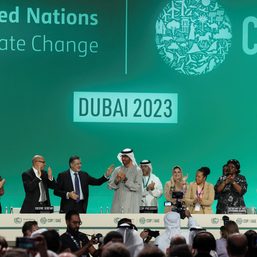SUMMARY
This is AI generated summarization, which may have errors. For context, always refer to the full article.

GENEVA, Switzerland – The concentration of greenhouse gases in the atmosphere reached a record high last year, the World Meteorological Organization (WMO) said on Wednesday, November 15, warning there was “no end in sight” to the trend.
The warning comes weeks before world leaders are due to gather in Dubai for the annual UN climate conference COP28, which will see governments push for greater climate action, including a possible phase-out of fossil fuels before 2050.
In 2022, global average concentrations of carbon dioxide were a full 50% above the pre-industrial era for the first time, the UN weather agency said.
“Despite decades of warnings from the scientific community, thousands of pages of reports and dozens of climate conferences, we are still heading in the wrong direction,” said WMO Secretary-General Petteri Taalas.
Taalas said higher concentrations of greenhouse gases would be accompanied by more extreme weather events, including intense heat and rainfall, ice melt, higher sea levels, as well as ocean heat and acidification.
“About half of the planet has been facing an increase of flooding events, and one third of the planet has been facing an increase of drought events,” Taalas said. “And this negative trend will continue until 2060s.”
“We must reduce the consumption of fossil fuels as a matter of urgency,” he said.
Methane concentrations in the atmosphere also increased, and levels of nitrous oxide, another greenhouse gas, saw the highest year-on-year increase on record between 2021 and 2022, WMO said.
Greenhouse gases are responsible for warming the planet and triggering extreme weather events. Unlike emissions which can be cut, much of the carbon dioxide emitted decades ago remains in the atmosphere and activates slow processes like the increase of the sea level.
“It takes thousands of years to remove carbon from the system once it’s emitted into the atmosphere,” Taalas said.
A separate UN report published on Tuesday said that governments were making insufficient progress in slashing greenhouse gas emissions to avert the worst impacts of global warming.
– Rappler.com
Add a comment
How does this make you feel?


![[OPINION] Hoping amidst ‘this thing’: COP28 reflections from a 24-year-old first-timer](https://www.rappler.com/tachyon/2024/01/imho-c0-28-reflection.jpg?resize=257%2C257&crop=297px%2C0px%2C720px%2C720px)

![[OPINION] Is limiting warming to 1.5°C still alive after COP28?](https://www.rappler.com/tachyon/2023/12/imho-cop28.png?resize=257%2C257&crop=285px%2C0px%2C720px%2C720px)






There are no comments yet. Add your comment to start the conversation.